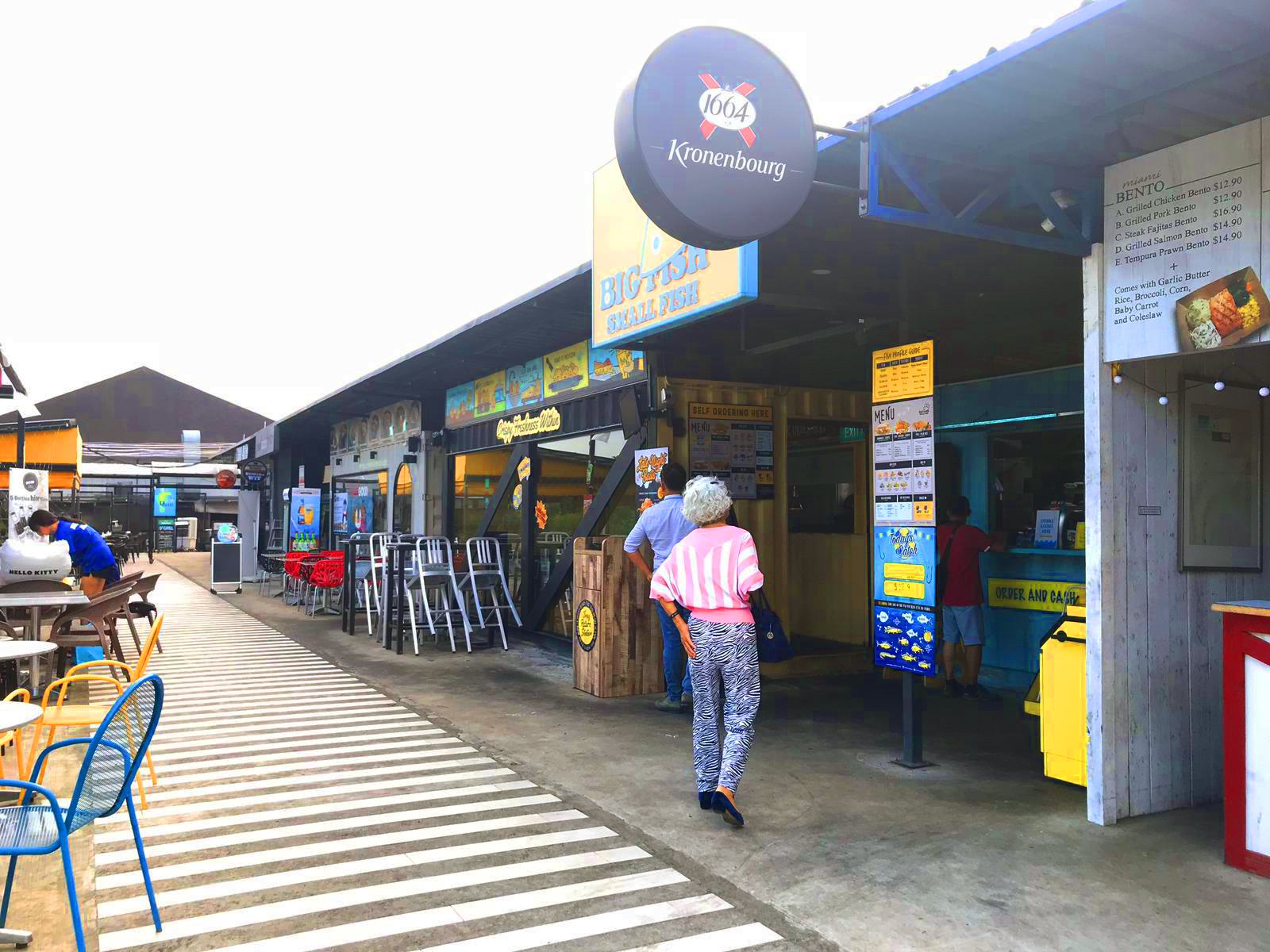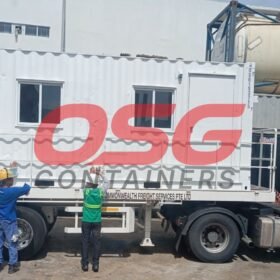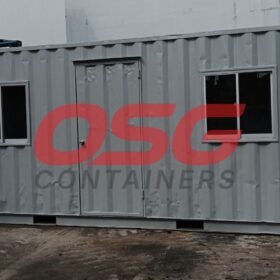Be it reefer container or pop up container/event container, shipping container as a whole has made a huge impact on the food industry globally.
Food shipped globally by shipping containers throughout many countries and continents is the most common and efficient way to transport consumable products. Compared to shipping by air, shipping by sea is preferred because of the cost and carbon footprint. According to statistics, transporting food by air produces roughly 50 times emissions than shipping the same quantity of food by sea. As a result, the cost is also higher too. Overall, the food industry is heavily dependant on sea shipment for economic and global food sustainability. 60 percent of the total perishable and non-perishable food are shipped via sea.

Preservation of foods being shipped
One of the main criteria for shipping food is the preservation of food over a considerable amount of time. Depending on the shipping locations, food shipment can range from a couple of hours to almost an entire day. Hence, the world has evolved to require a solution for food to stay fresh throughout shipment to different parts of the world. Reefer container, also known as a refrigerated container, or shipping container refrigeration unit, is a well-insulated ISO shipping container that consists of an air cooling compressor It basically acts as a big fridge that transports temperature-sensitive goods such as fruits, meat, fish, seafood, vegetables, dairy. It transports non-food products such as flowers or pharmaceutical drugs as well.
The containers are designed to circulate cold air from the floor. This is done through specially designed T-shaped decking. Hence, this results in the pros of creating a constant flow of air across the entire container. Overall, it becomes strong enough to ensure an ideal atmosphere exchange with the products. Overall, the container can maintain or lower the temperature inside.
The refrigeration unit is powered by a motor-generator when the place is remote/on the move, by the terminal when it is stationary, or by the ship itself when it is on board. The ventilation holes in it also help prevent spoilage to the products by expelling warm/toxic air around in the container.
Reefer containers are one of the major contributing factors that allow food to reach safely anywhere on a global scale.
If you require a reefer container for your company or business, feel free to get a quote from us directly.

Shipping container food stands and restaurants
Other than the shipment of food, food establishments can be constructed using shipping containers. As compared to building restaurants from scratch, the building cost, and efficiency of utilising shipping containers far outweighs the former. Overall, it is less time consuming if you want to establish a quick food establishment in a smart location.
Drawing comparison to food stands or food trucks, shipping containers have proved to be more attractive in terms of marketability. Food establishments built using shipping containers are also far more customisable. This means that, while retaining the durability and sturdiness of a shipping container. Unique layouts, and architecture can be achieved by combining and customising used shipping containers together. External accessories can be further included. Such as electrical fittings, lightings, air conditioner, plumbing, water sink, fold-up doors and windows, and many more. The possibilities are endless.

Some of the popular examples of utilising shipping containers as food establishments include the Punggol Container Park and Artbox.

If you would like to explore setting up a food business with shipping containers, feel free to check out our pop up container/kitchen container.
If you would like to explore upcycling or repurposing shipping containers for any purpose or customisation, feel free to speak to us today too.
 Singapore
Singapore Australia
Australia Indonesia
Indonesia Japan
Japan Malaysia
Malaysia New Zealand
New Zealand Philippines
Philippines South Korea
South Korea Taiwan
Taiwan Thailand
Thailand VIETNAM
VIETNAM




